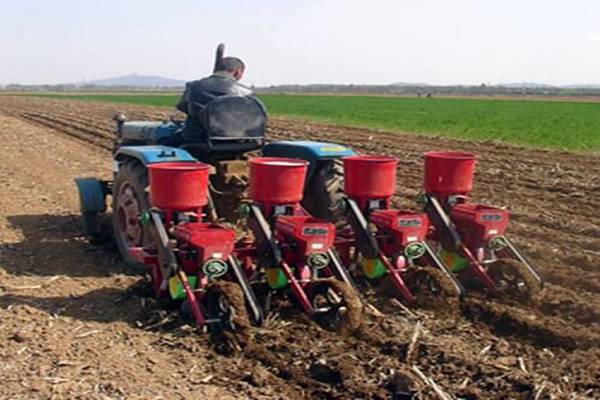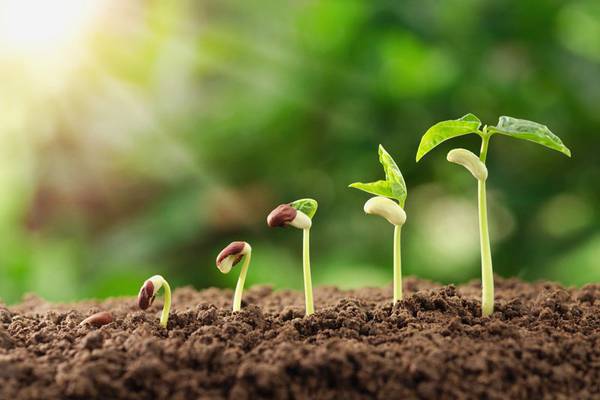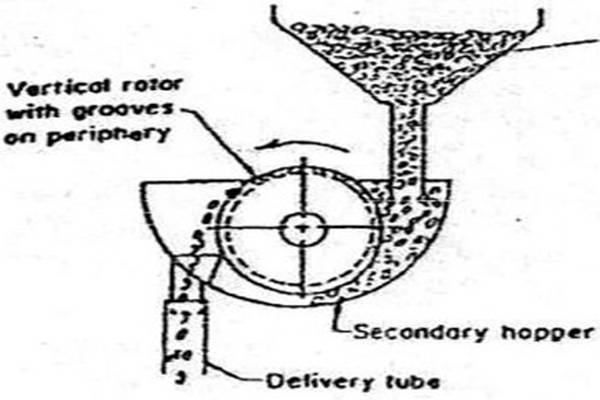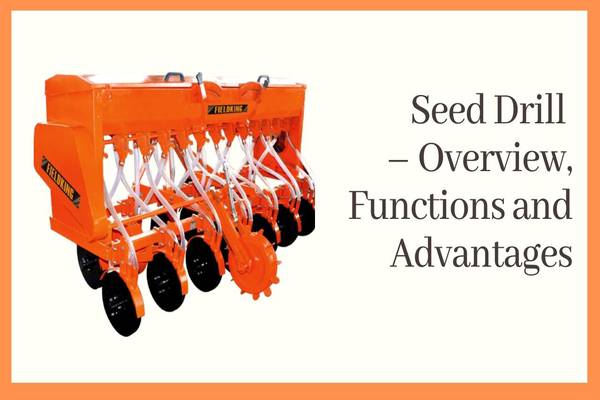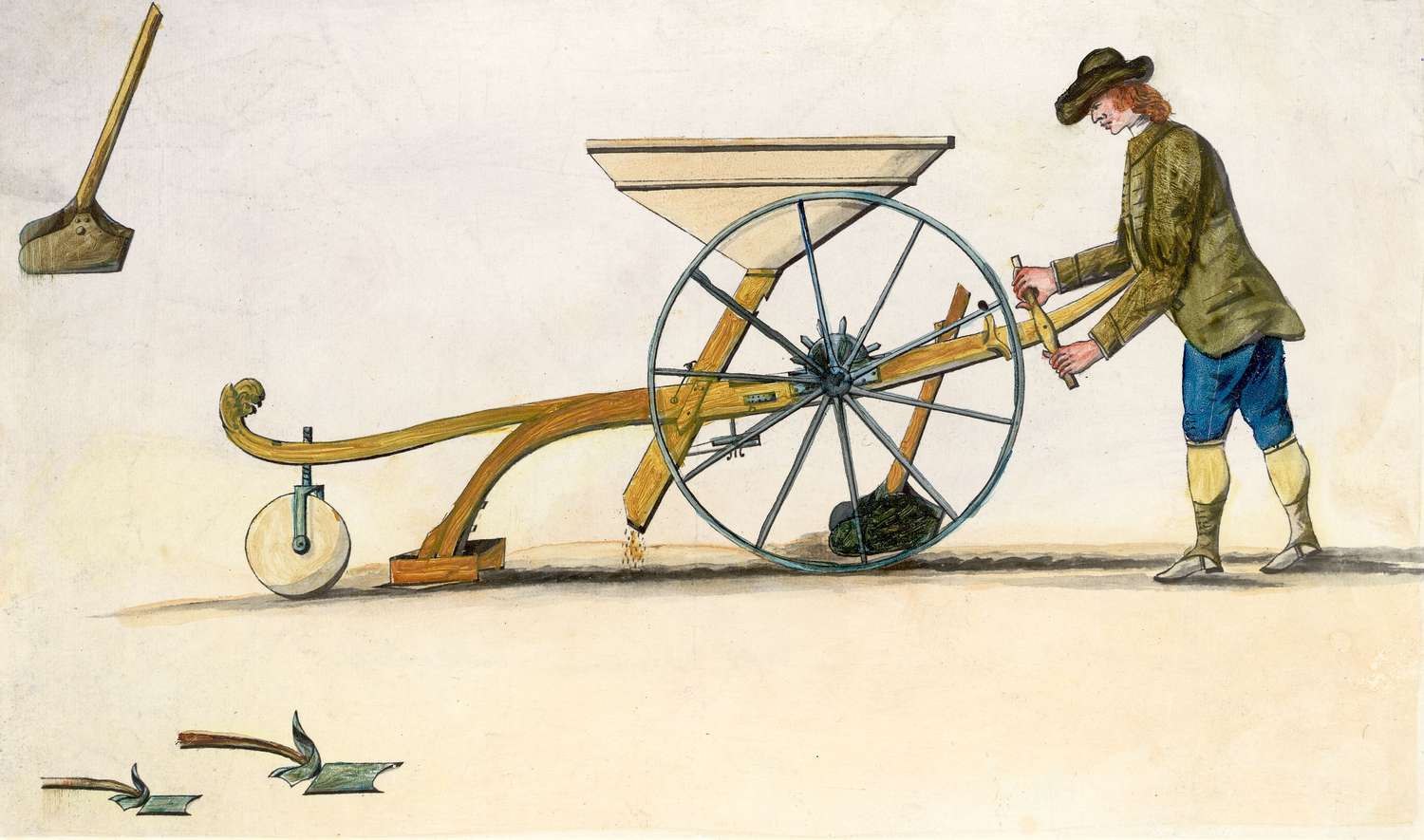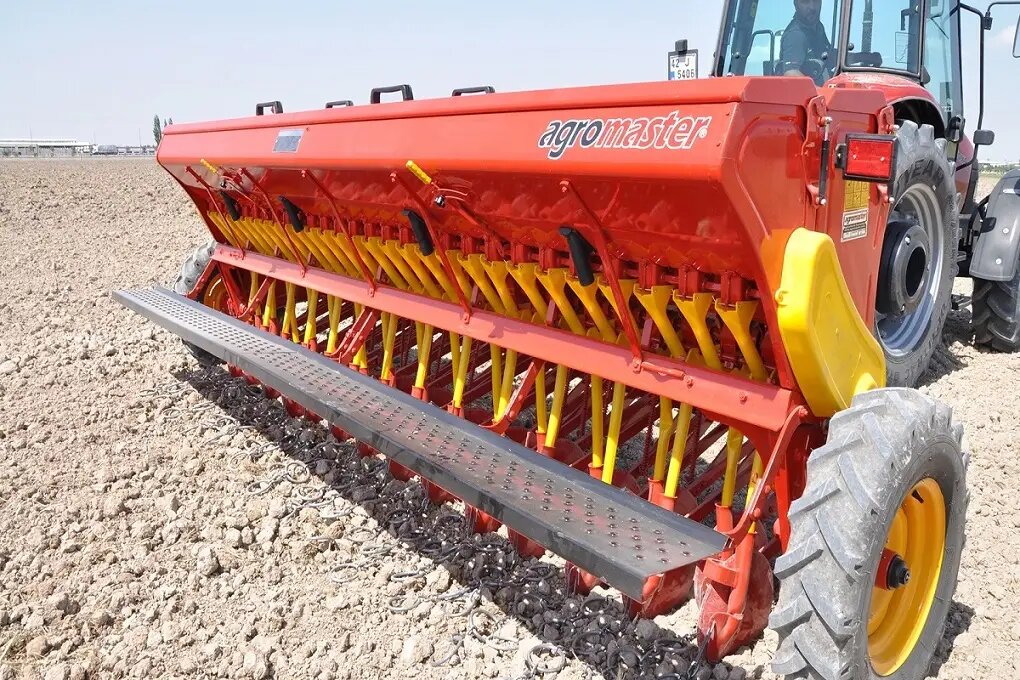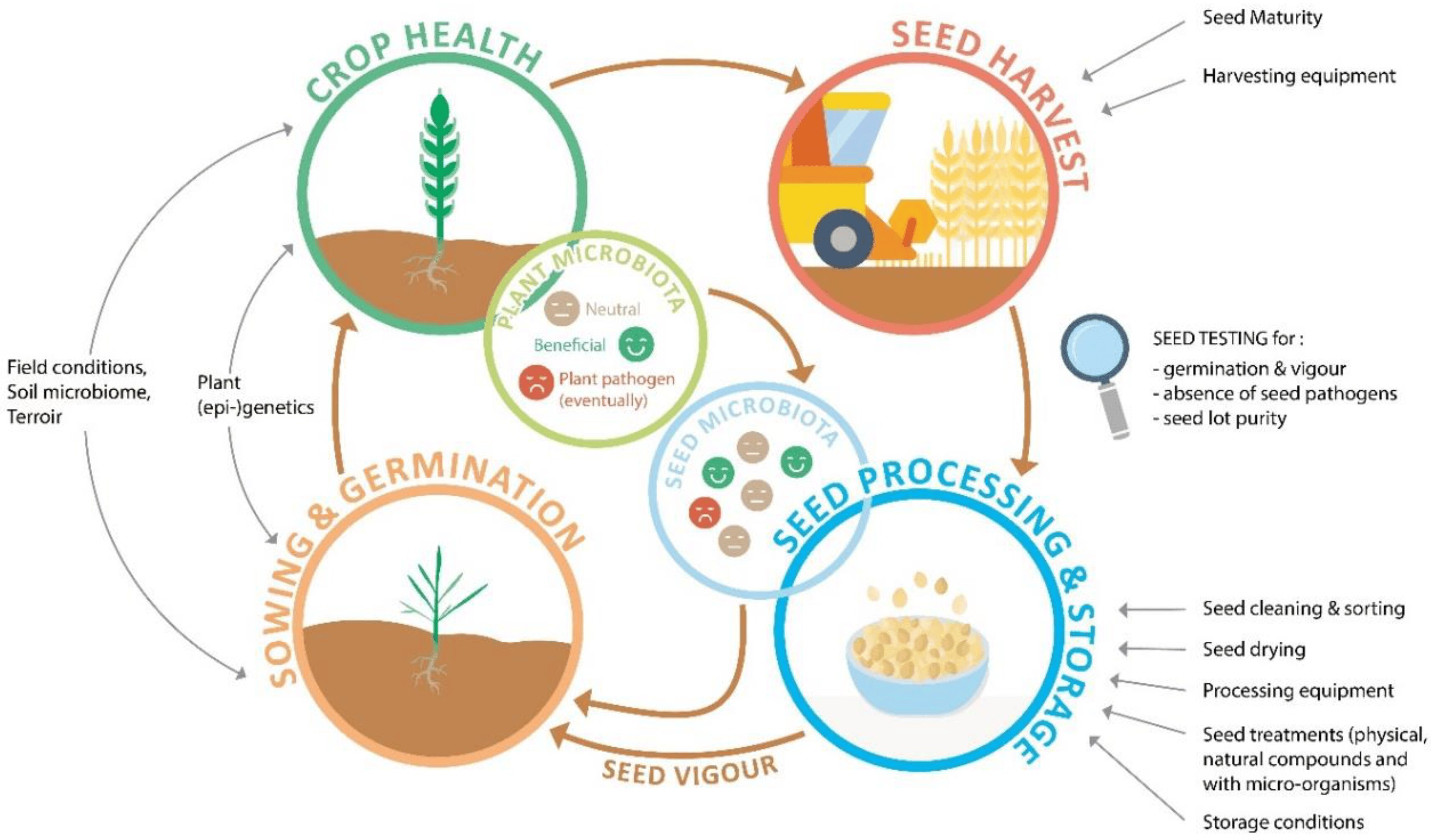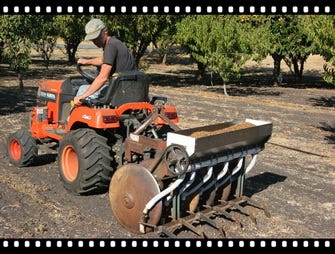Roles Of Seed Drill In Agriculture
Drafted by: vijaychourey26@gmail.com
In the realm of agriculture, innovation has played a significant role in transforming traditional farming practices into efficient and productive systems. One such innovation that has revolutionized crop planting is the seed drill. With its remarkable benefits and contributions to modern agriculture, the seed drill has become an indispensable tool for farmers around the world. In this article, we will delve into the various roles of the seed drill in agriculture, highlighting its advantages, historical significance, and its impact on sustainable farming practices.Agriculture has come a long way from its rudimentary practices, and technological advancements have played a pivotal role in this transformation. The seed drill, a pioneering invention in agriculture, has significantly influenced how seeds are sown and crops are grown.
The Evolution Of Seed Planting Techniques
Before the advent of seed drills, farmers relied on manual methods of seed planting, which often resulted in uneven distribution and wastage of seeds. The seed drill's emergence marked a turning point by offering a solution to these challenges.
Components Of A Seed Drill
Seed Hopper
Seed Metering Mechanism
Furrow Opener
Seed Placement System
Depth Control Mechanism
Press Wheels
Working Mechanism
Seed Metering: Accurately measuring and dispensing seeds at a consistent rate.
Furrow Opening: Creating furrows or rows in the soil to receive the seeds.
Seed Placement: Depositing seeds at a specific depth and spacing within the furrows.
Covering and Compacting: Covering the sown seeds with soil and compacting it using press wheels.
Advantages Of Using Seed Drills
Precision Planting
Seed drills offer precise seed placement, ensuring optimal seed-to-soil contact and germination. This precision leads to uniform plant growth and higher crop yields.
Increased Efficiency
Compared to manual planting methods, seed drills significantly expedite the planting process. This increased efficiency allows farmers to cover larger areas in less time.
Conservation of Resources
Seed drills minimize seed wastage by placing seeds at controlled intervals. This conservation of resources not only reduces costs but also contributes to sustainable farming practices.
Historical Significance Of The Seed Drill
The seed drill, first introduced by Jethro Tull in the 17th century, marked a significant advancement in agriculture. It laid the foundation for modern planting techniques and served as a precursor to more advanced machinery.
Modern Innovations And Features
No-Till Farming Integration
Seed drills are often integrated into no-till farming systems, where soil disturbance is minimized. This integration enhances soil health, reduces erosion, and conserves moisture.
Variable Rate Technology
Modern seed drills incorporate variable rate technology, allowing farmers to adjust seed rates based on soil types and field conditions. This precision contributes to optimized plant growth.
Promoting Sustainable Agriculture
Reducing Soil Erosion
By placing seeds at controlled depths, seed drills help prevent soil erosion, preserving valuable topsoil and maintaining the overall health of the land.
Minimizing Seed Wastage
Seed drills ensure accurate seed placement, reducing the likelihood of over-seeding and minimizing seed wastage. This aligns with sustainable agricultural practices.
Overcoming Challenges And Considerations
Initial Investment
While the initial cost of acquiring a seed drill may be a consideration for some farmers, the long-term benefits in terms of increased efficiency and yields often outweigh this investment.
Maintenance and Calibration
Regular maintenance and proper calibration are essential for optimal seed drill performance. Familiarity with the equipment and its maintenance ensures consistent results.
